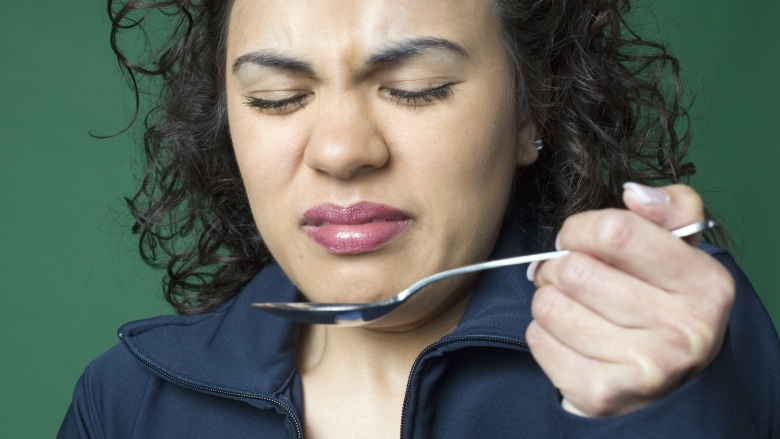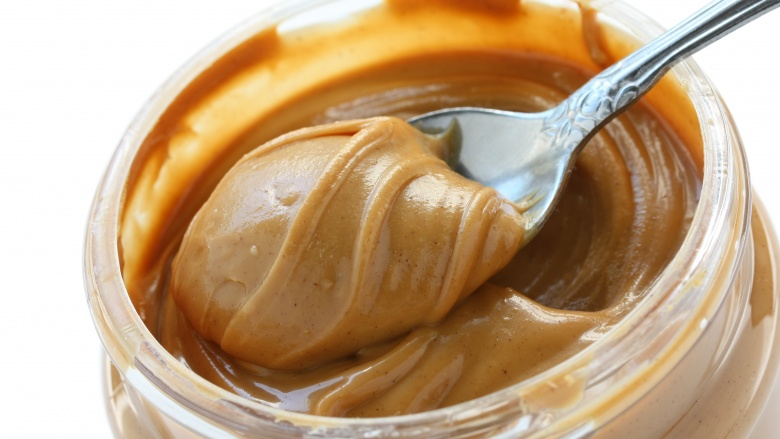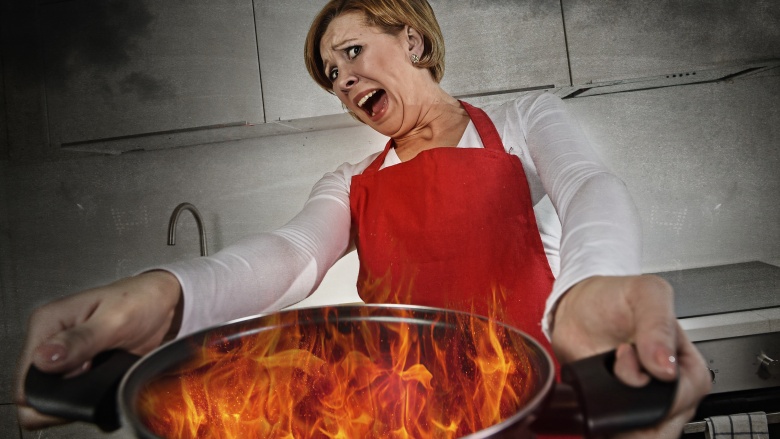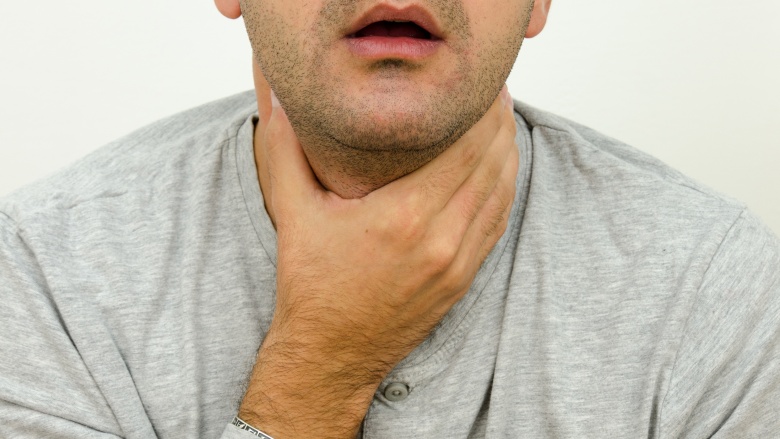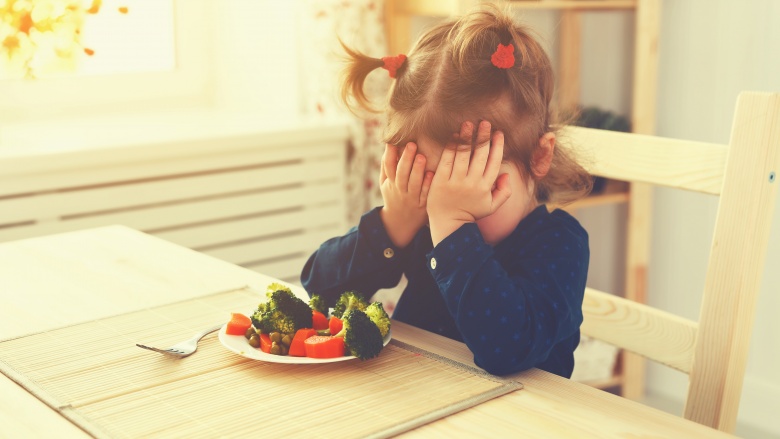Weird Food Phobias You Didn't Know Existed
It's natural to be afraid of something, especially when that something has a realistic chance of causing you harm. Unfortunately, unlike our ancestors, who mostly feared big animals and injuries caused by big animals, we modern humans seem scared of just about anything. Maybe humans just need to be scared of something, and lacking any big animals in the immediate vicinity, we have to find our fear wherever we can. In some cases, despite how it seems totally counterintuitive to survival, that place is the refrigerator. Here are a few food phobias you probably haven't heard of.
Geumophobia: the fear of taste
Taste is a pretty subjective thing, obviously: what one person finds delicious can make someone else want to puke. Kids are especially famous for their aversion to vegetables and other things healthy, but how do you account for someone who actually panics at the thought of flavor?
Geumophobia can manifest as anything from a fear of just unpleasant flavors, to panic at the thought of any taste at all, which must make life very boring for their dinner guests. The idea of an extreme geumophobe brings to mind some kind of 1950s kitchen nightmare, with plain unseasoned mashed potatoes, and vegetables with all the taste boiled out of them. But for most sufferers, the dinner menu is probably not so obviously handicapped, and they mostly just stick to familiar — and slightly bland — options, only getting palpitations at the approach of new or unusual flavors. It's safe to assume you won't find many geumophobes on taste tours through India, or in any exotic place to be honest, but the same probably can't be said for hospital canteens.
Arachibutyrophobia: the fear of peanut butter sticking to the roof of the mouth
Understand, arachibutyrophobia is not the fear of peanut butter—sufferers often still enjoy it—but rather the fear of it getting stuck to the roof of the mouth. Strategies for coping with this fear include taking small bites, preferring crunchy peanut butter with a different texture, or adding large amounts of jelly or other substances to create a barrier between the butter and the skin. For some sufferers, the fear is so great that they avoid eating peanut butter altogether, which is a shame, because it's virtually a national dish. For people with extreme forms of the phobia, the anxiety and panic is so bad that it colors their enjoyment not just of peanut butter, but other peanut products as well.
It was once common practice, when trying to create the illusion of talking animals on film, to deliberately stick peanut butter to the roof of their mouth. While trying to get the stuff off, they opened and closed their jaws — when dubbed over, it gave a pretty good impression of speech. The advent of digital effects has put paid to that practice which, in the off chance that arachibutyrophobia ever afflicted doggies and horsies as well, is probably a good thing.
Mageirocophobia: the fear of cooking
There are many ways a person can be scared to cook, ranging from fear of getting the recipe wrong, to fear of poisoning your dinner guests. Everyone can probably recall a time when they felt some kind of anxiety over the process, but if it gets to the point where you are having panic attacks at the thought of rustling up a snack for yourself, then you might have mageirocophobia. It's easy to see how this phobia could interfere with life—after all, the paleo diet isn't everyone's cup of tea—but to read some websites, you might think the biggest issue it causes is a bit of embarrassment at a friend's potluck, or being unable to share the cooking duties with your spouse. In truth, the risks are much greater: since the first step in being able to look after yourself is a healthy diet, not being able to cook could cause bad health and poverty from having to eat out, or order in, every single meal. Add to that anxiety, depression, and eating disorders, and you've just mixed together the worst recipe imaginable: the one for disaster.
Phagophobia: the fear of swallowing
At least if you're scared of cooking, there are straightforward ways to get other people to cook for you. Unfortunately, if you're scared of swallowing, you can't get someone to swallow for you. Phagophobia is a fairly rare phobia, but obviously a fairly serious one in its more extreme manifestations, with patients developing eating disorders and losing tons of weight. It's sometimes confused with the fear of choking, but while that may be a side effect of phagophobia, it is not the focus.
Sufferers of this particular phobia can find themselves in something of a catch-22 situation, with the fear actually causing the throat to tighten and increase the difficulty of swallowing, which in turn feeds the fear, and so on. Also since this feedback loop is mainly a mental process—often with no immediately detectable physical problems associated with it—sufferers are regularly dismissed by medical professionals when they search for help. When something is seriously interfering with your life, and a doctor casually dismisses your concerns with the phrase "it's all in your head," that can be pretty hard to swallow.
Cibophobia: the fear of food
It's a pretty bad situation if you're scared to cook, taste, or even swallow food, but if your fear won't let you get close enough to even touch it, then you're on a different terrible level. Cibophobia is most common in children, but in some cases lasts into adulthood, and while some fears are specific to a certain kind of food, as ever there are extremes. This phobia actually sounds a bit more rational (just a bit, though) in some ways than the others we've mentioned, in that sufferers are scared of food doing them harm. Much like a paranoid person is convinced everyone is out to get them, a sufferer of cibophobia thinks that the food they eat will make them sick or kill them. This sometimes leads to obsessive restrictions on the preparation of food, or even the complete exclusion of solid foods from the diet.
Since this phobia is most common among young people, it can be hard to determine its cause, regularly leading to incorrect diagnoses of eating disorders, although the symptoms can be similar. Treatment usually involves desensitization, where the sufferer is made to approach eating their particular horror food in small steps, maybe starting by sitting near the food, then picking it up in a spoon, and so on ... which must feel like a weird combination of boring and terrifying. This all makes you wonder if doctors might have more success by prescribing box sets of Aqua Teen Hunger Force.

